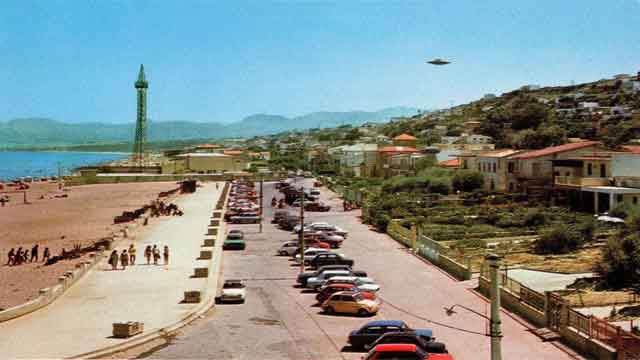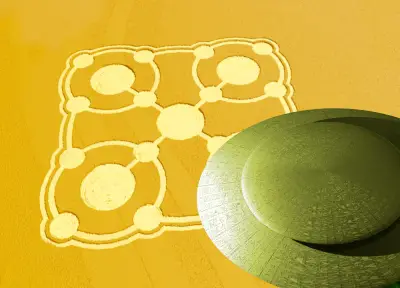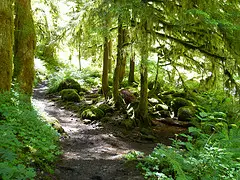
For the more seasoned UFO investigator, this information may not be very helpful. As you’ve probably already developed a pretty extensive guideline for your investigations already.
But if you are just starting to get involved with this, or are thinking about investigating UFO sightings, then this post will give you a simple outline of where to start. You may also be interested in reading my post Alien Life and UFOs, are They Out There?
As with any form of investigation things come up the longer you do it, and you will be able to refine this to suite your needs as time goes on. But to save you from my endless babbling, we will go ahead and jump right in…
The Objective for UFO Sightings Investigation
It’s probably pretty apparent already, but the main objective to any UFO Investigation is to either confirm or deny the validity of the Sighting in which you’re investigating.
Upon completing your preliminary investigation, you should be able to determine if the sighting will warrant further attention. If you’ve concluded that there is some truth to the information you’ve obtained, and it has been eliminated as a hoax, then more extensive research into the facts can continue.
The Basics of Your UFO Sighting Investigation
This is going to be a list of items that you should definitely include on your official UFO Report. In fact, if you are doing this very often, then it would be wise to create some forms to outline this information.
- Document the Name, Age, Sex and profession of the eye witness.
- Inquire as to whether or not this is the witnesses first UFO encounter. Does the witness have an interest in UFOs or do they have any knowledge of aeronautics?
- It is also a good idea to discreetly gather information on the witnesses reliability and character.
- When and where did the alleged UFO sighting take place?
- What was the duration of the sighting? If the sighting lasted for more than 15 seconds this may warrant further investigation.
- What was the setting of the sighting? Was it in a rural area, urban or industrial? Also it is important to note whether there were any military installations or air fields nearby where the sighting took place.
- Document the weather conditions at the time of the sighting and be sure to document the time of day. Was it daytime or nighttime. This will let you know if any planes or birds may have been visible or if there were stars in the sky.
- What was the total number of objects witnessed and approximately how large were they?
- Were there any distinct features nearby in the landscape that would help make a more accurate size or distance calculation?
- Also find out the color and brightness of the object that was sighted.
- At what angle or position was the object at the time it appeared as well as when it disappeared. What were it’s movements like? Was it stationary, and if not, did it move fast or slow, make any sudden changes in trajectory or sudden stops? Did the object change in shape or color during the sighting?
- Was the eye witness effected in any physical or psychological manner before, during or after the sighting?
- If any animals were present during the sighting, what was their witnessed reaction like during the sighting? Also take note of any cellular, radio or electrical interference that may of occurred.
- After the sighting, was there any physical evidence left behind? Check the ground for trace elements and record the data with photographs and soil samples if applicable.
Creating a form with an outline of these simple questions and inquiries is a great place to start. Many times witnesses to paranormal or extraterrestrial events will be quite shaken and an investigation may be hard to control. So having an outline in which to follow will help you ensure that all bases are covered and nothing is overlooked.
Concluding your UFO Investigation
Once you’ve completed your interview, you may then go over any information or evidence collected to make your determination. Was the encounter an IFO (Identified Flying Object)? Such as stars, animals, moon, aircraft, weather balloons, satellites? Or was this possibly a real UFO sighting? If you’ve cleared the possibility of this being a hoax or a sighting with a logical explanation, you may want to investigate further.
A further investigation could include, contacting authorities, military or nearby airfields to eliminate other possibilities. As well as interviewing others that may have been witness to the sighting as well.
It is also recommended that you locate and join any local UFO researchers that may be in the nearby area. Teaming up with other UFO organizations is a great way to gather more evidence and combine your resources.
So for those of you that are interested in UFO Investigation, this may give you a good place to start. I wish you all the best of luck in your research.



Even After thousands of reported UFO sightings throughout the history, I honestly still don’t think there is any actual conclusive proof that we have been visited by aliens.
I think it is interesting to speculate about it and there are a lot of unanswered questions about the nature of those sightings and the past of humanity, but conclusive proof of alien visits to Earth doesn’t exist.
If anything, history taught us that most of the reported sightings turned out to be some secret military experiments, Like the Nazi flying saucers.